Cantabrian Mountains.
The Babia Biosphere Reserve covers the valley of the same name at the foot of the Cantabrian Mountains, covering an area of approximately 38,107 hectares. This is a land of high mountains and deep ravines, of dry rocky fields and rushing rivers. Many professional mountaineers come to Babia to conquer steep peaks such as Peña Ubiña (2,417m), Peña Orniz (2,193m), Montihuero (2,180m)... Babia has also been voted the best place to observe astronomical phenomena in all of Spain.
Not far from Babia is the Los Ancares Leoneses Biosphere Reserve, located on the western edge of the Cantabrian Mountains. The midland of Los Ancares Leoneses has thousands of years old oak, holly and yew forests, surrounded by vast grasslands. The locals make a living by collecting chestnuts, raising cattle, and recently running homestays. Their ancestors were prehistoric people who lived in caves, such as the cave system in Peña Piñera mountain. This place has been recognized by UNESCO as a World Cultural Heritage Site thanks to its many murals dating back to the Bronze Age. In addition, we must mention the Chano Stone Village Historical Site, built at the beginning of the Iron Age. Many houses and stone wells in Chano still stand strong against the wind and rain despite the passage of more than 3,000 years.
The Los Valles de Omaña y Luna Biosphere Reserve was once an important coal mining area, but today the local mining industry has all but disappeared. Today, on the 81,000ha area of the reserve, there are only 86 small villages that make a living by farming. When people leave, nature takes over. The area of ancient forests here is expanding every year. Animals such as the Cantabrian brown bear and Eurasian grouse, which once disappeared from Los Valles de Omaña y Luna, have now returned to their “old home”. Many tourists who love walking often spend two or three days on the trails that cut through the forest in Los Valles de Omaña y Luna, both to satisfy their feet and to explore nature firsthand. In the summer months, there is also the activity of fishing for salmon, which swim upstream to spawn.
Source: https://hanoimoi.vn/thien-nhien-dac-sac-vung-castile-leon-679716.html


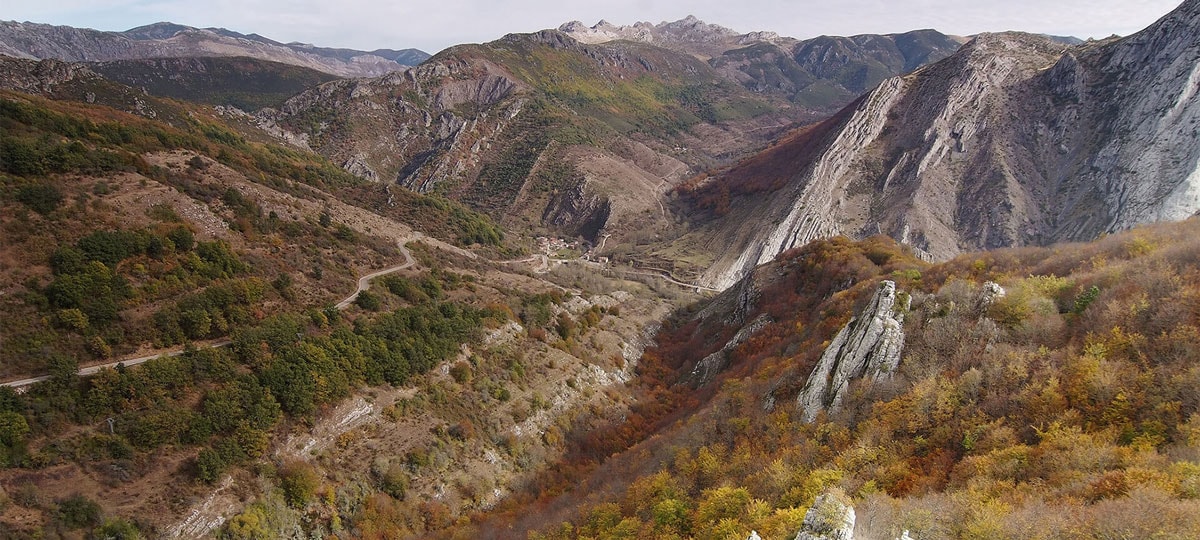
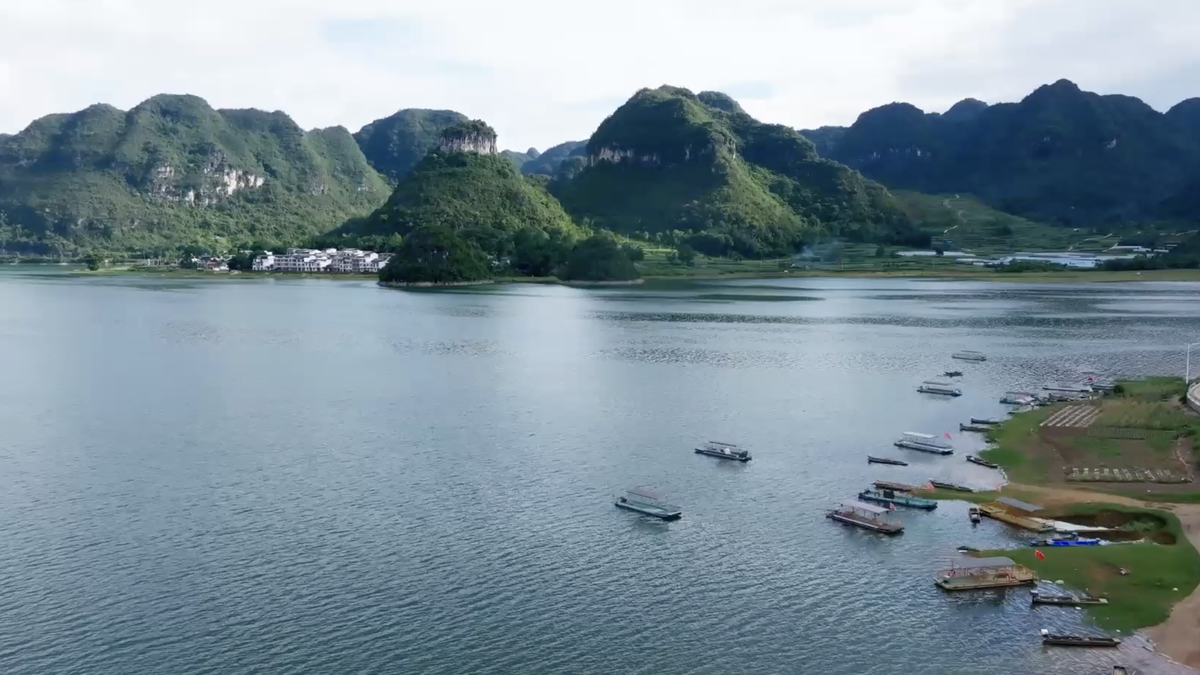
![[Photo] General Secretary To Lam and National Assembly Chairman Tran Thanh Man attend the 80th Anniversary of the Traditional Day of the Vietnamese Inspection Sector](https://vphoto.vietnam.vn/thumb/1200x675/vietnam/resource/IMAGE/2025/11/17/1763356362984_a2-bnd-7940-3561-jpg.webp)
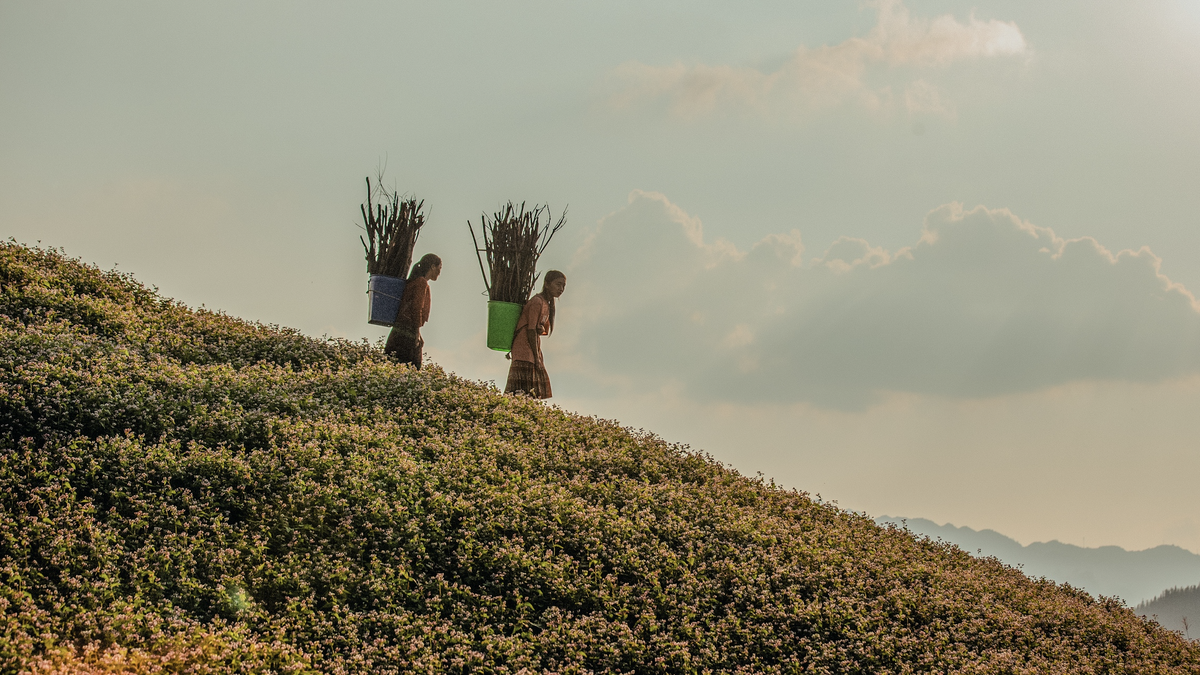


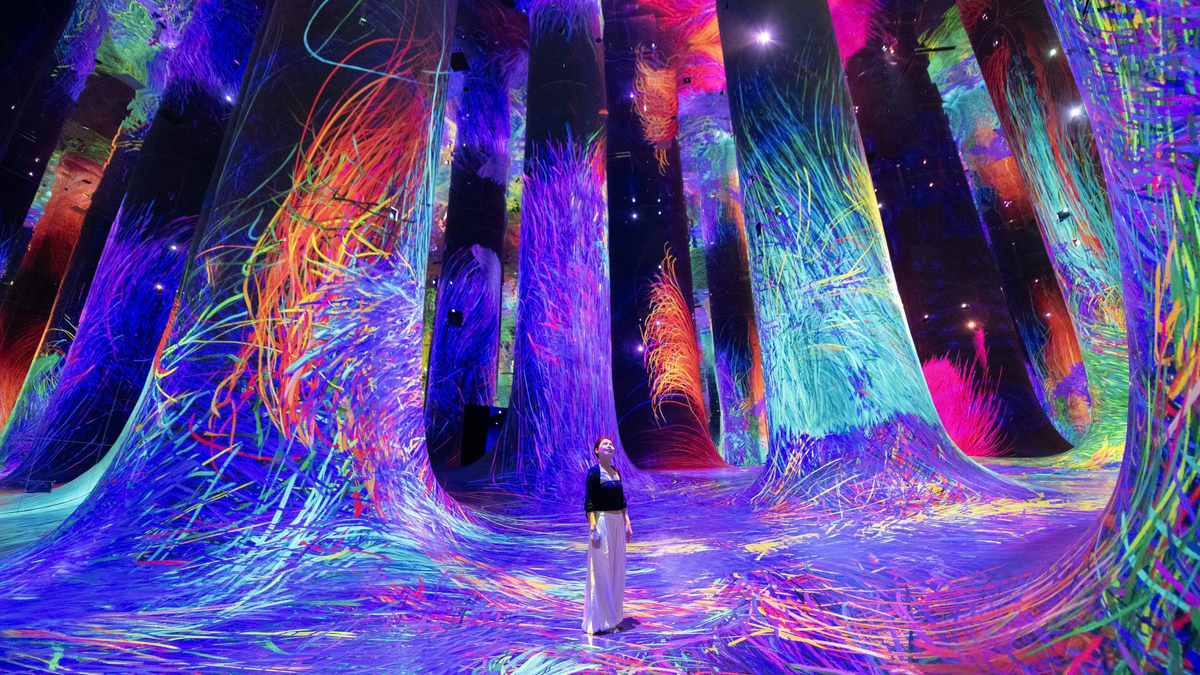
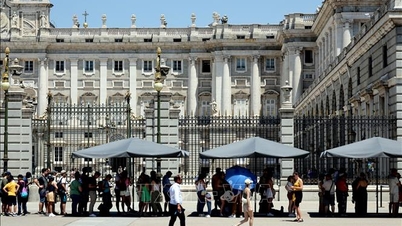



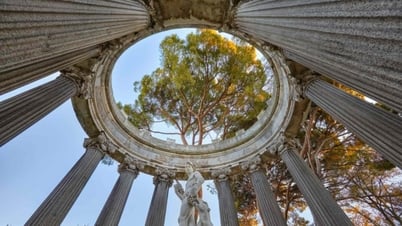



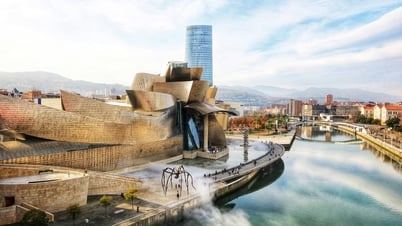


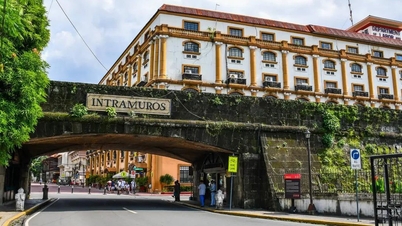





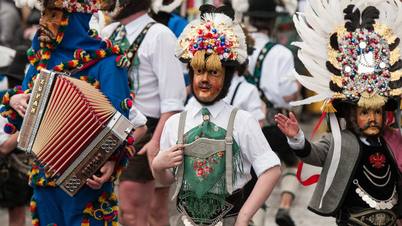

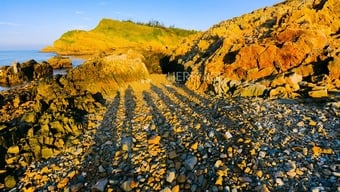
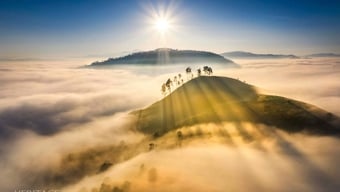
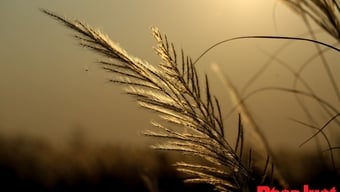

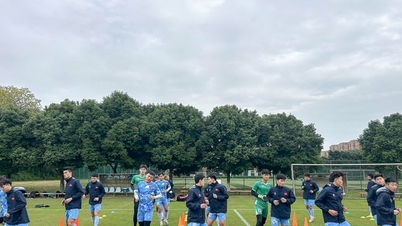
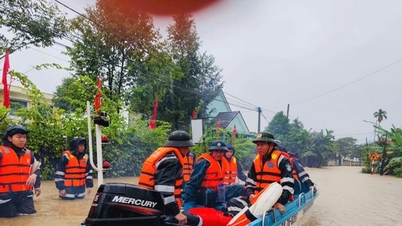


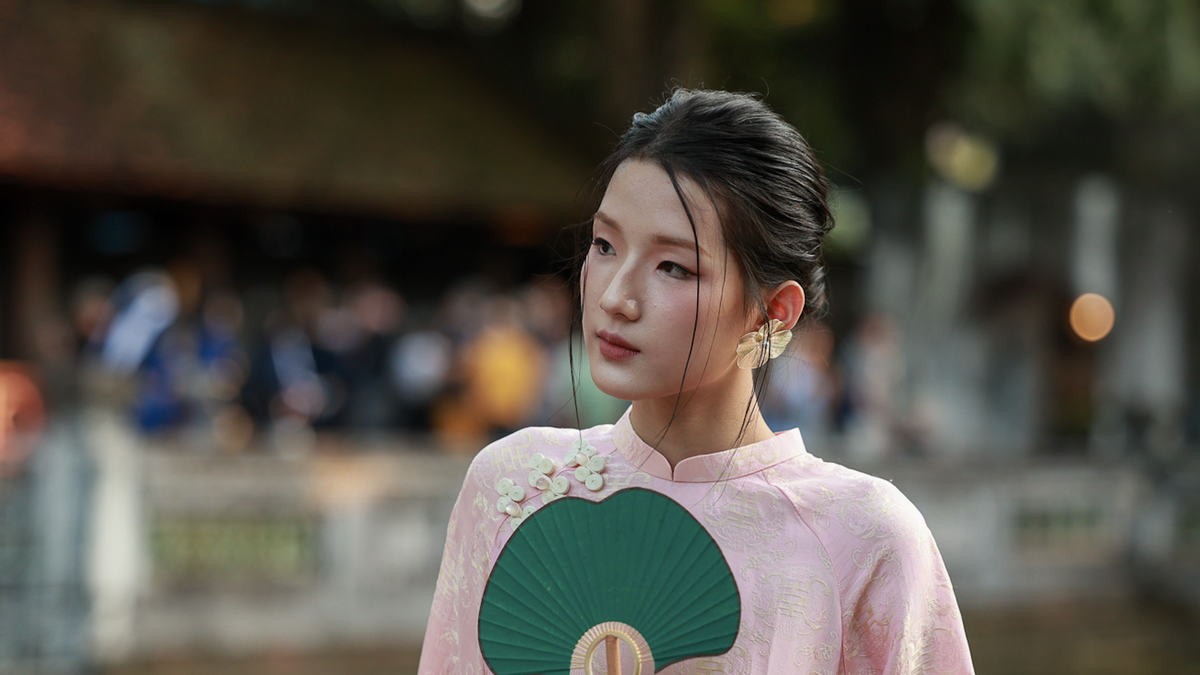
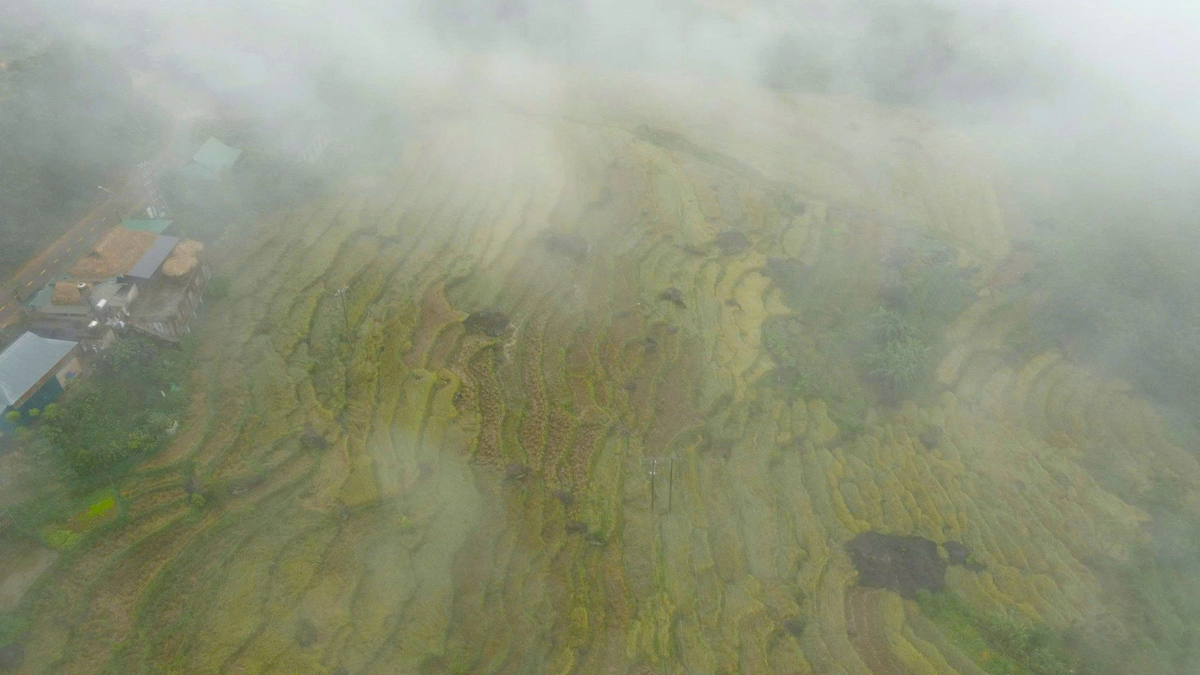

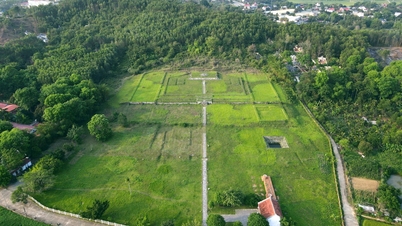


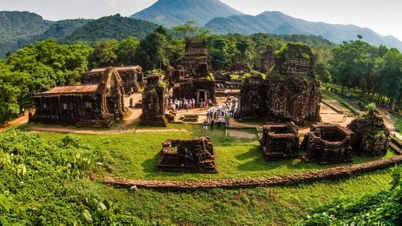


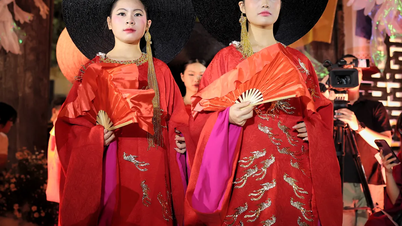

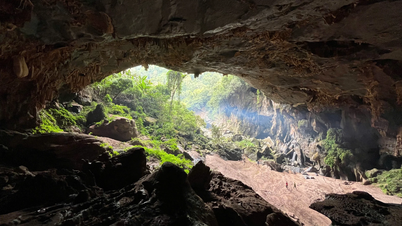

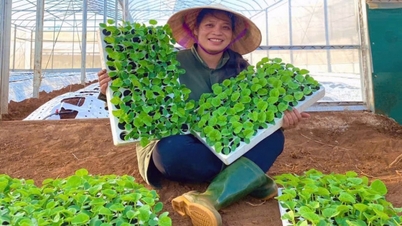









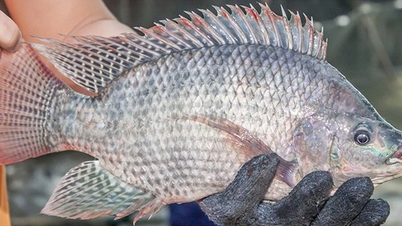








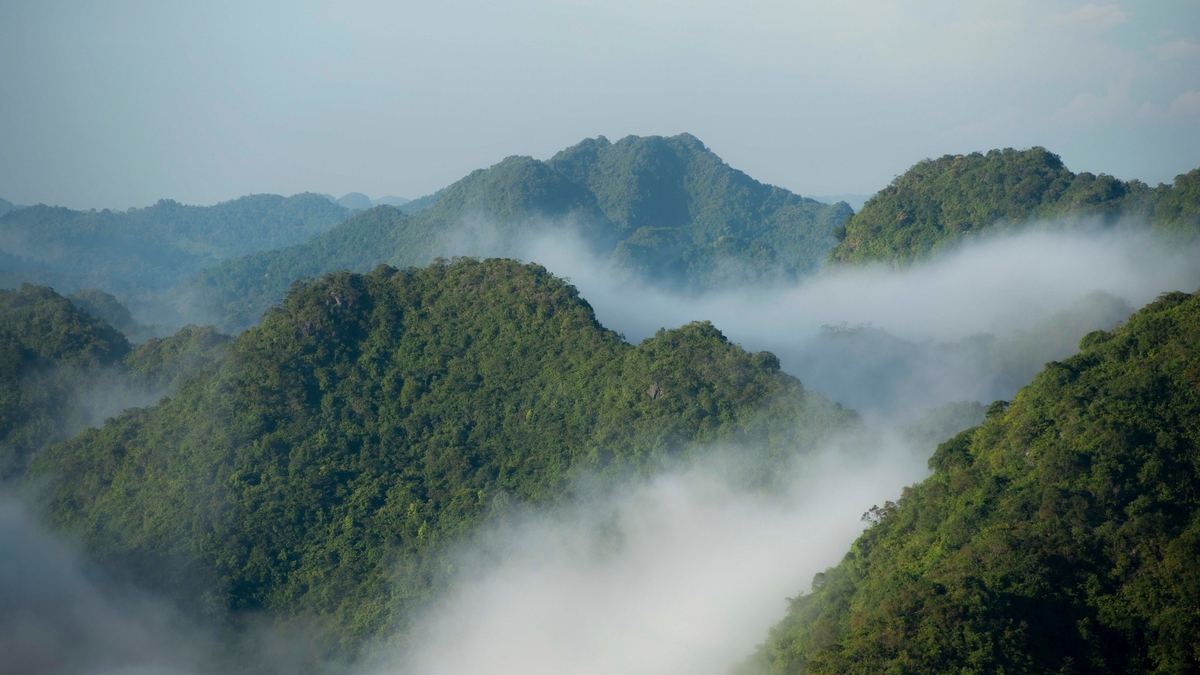









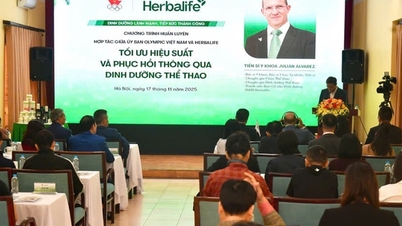










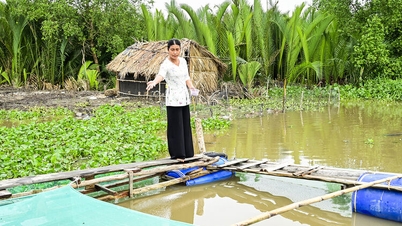

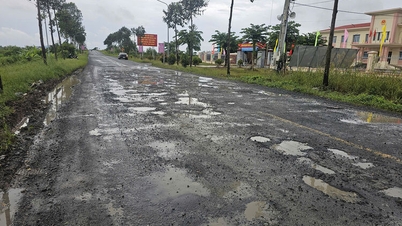



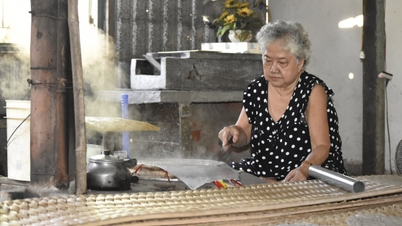

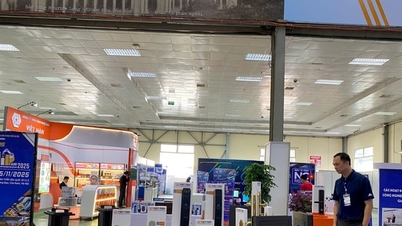
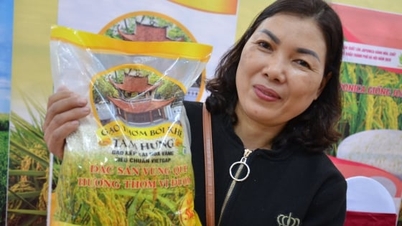







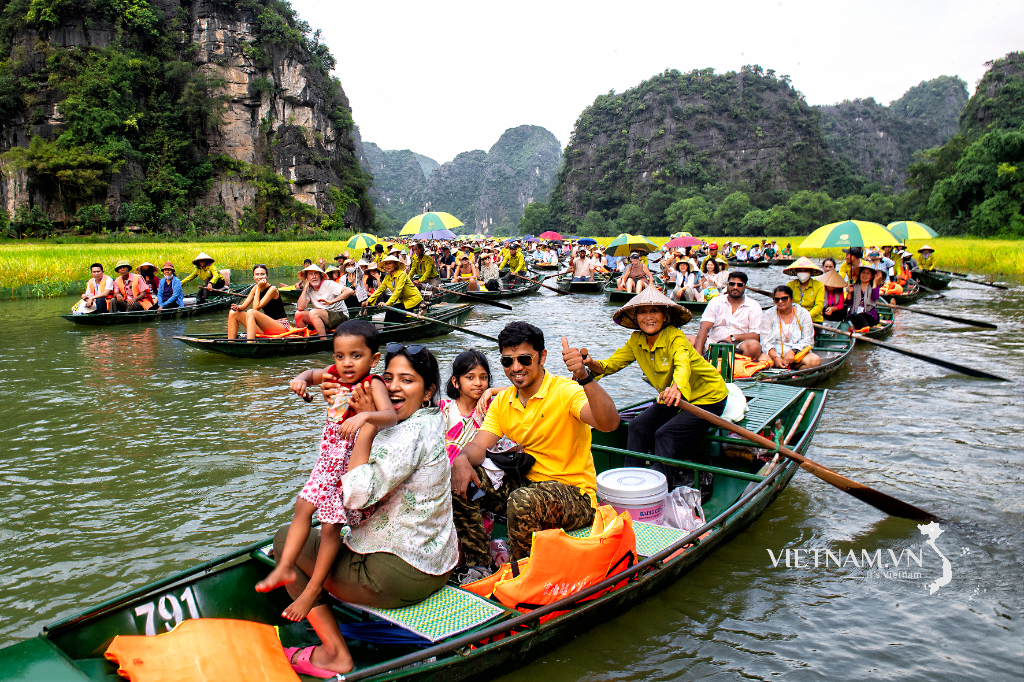
Comment (0)